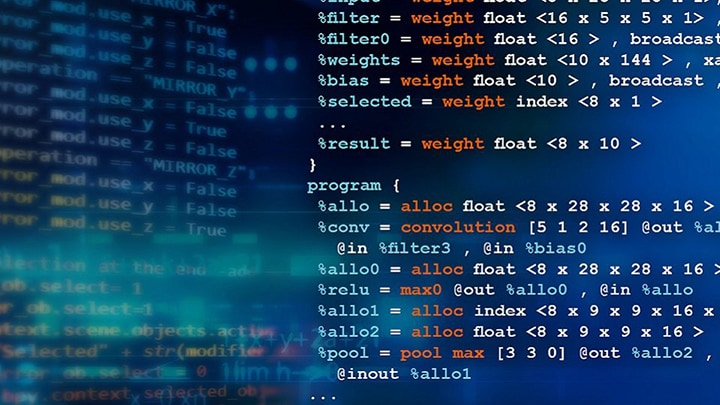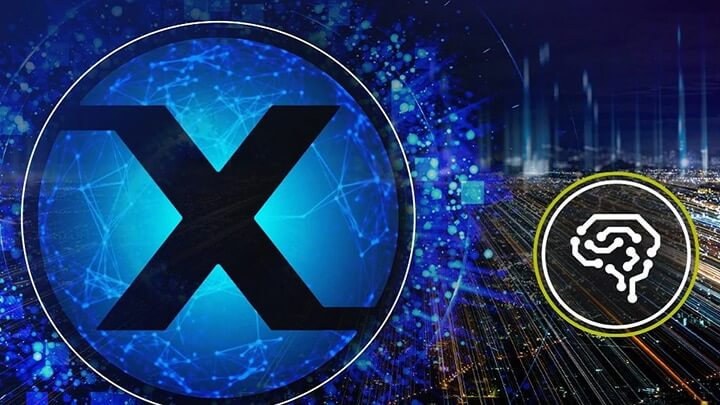By applying cloud-computing technology found in massive data centers to
smaller-scale IoT deployed in the field, edge computing will revolutionize
embedded systems. Mouse clicks will be all that is needed to deploy new
software. The wealth of data generated by IoT endpoints will be speedily
analyzed and acted upon. Systems will be deployed quickly and securely managed
and operated. Edge computing ultimately will enable rapid development and
deployment of novel services, raising the embedded world’s innovation
rate.
To understand how, look at how the cloud has transformed information
technology (IT). Companies can now provision servers with a click of the mouse
instead of physically installing hardware. Software infrastructure such as
databases can be provisioned as simply. Big data sets are now easy to handle.
Applications can be scaled up and down depending on load. Cloud computing, for
the most part, has been centralized and operated by a specialized cloud
service provider, such as Amazon Web Services. Enterprises are starting to
explore private clouds for IT workloads, and a hybrid approach joins private
and public clouds.
In the networking sphere, the idea of placing compute nodes in the access
network has been around for a while. At first, people didn’t know what
to do with the idea. The usually cited use was for caching. If that’s
the only use, deploying a dedicated caching appliance is much simpler.
Subsequently, along came Network Function Virtualization, NFV, which applies
cloud technology to implement network functions. These functions can be hosted
in a data center meaning in the IT cloud, or in the edge network alongside
routers, in the access network or at customer premises.
The term edge computing refers to cloud-style computing at any of these
locations outside a big data center, and it’s now apparent that it can
be used for IoT generally and not only for networking. Cloud management and
orchestration technology can be used to provision new applications within the
IoT in the same way as IT managers spin up servers in the cloud. An IOT node
can access basic services like storage and databases in the same standardized
way they’re accessed in the cloud. Big data sets generated by IOT nodes
can be processed close by, reducing the latency between analysis and action
and the amount of data that otherwise would have to flow through fat pipes to
a cloud data center. In summary, edge computing is a big deal.
The Edge Computing Ecosystem
Various companies are developing edge computing. Symbiotic with public
networks, edge computing has an industry specification group within the
influential
European Telecommunications Standards Institute (ETSI). ETSI states that multi-access edge computing1
“is a natural development in the evolution of mobile base stations and
the convergence of IT and telecommunications networking.” The
organization has published various specifications and guidelines on the topic.
Various network equipment vendors have offered up their visions as well.
Cloud companies—Amazon, Google, Microsoft, Alibaba, etc.—are
also developing edge computing. Having built their core businesses on data and
the software for processing it, their focus is on extending these technologies
to the IOT. Coming from the industrial automation side, Siemens has developed
MindSphere, a cloud-based platform for IoT applications.
The starting point for most of these initiatives is to provide SDKs and APIs
for applications on IoT nodes to access services hosted in the cloud, that is,
in a remote data center.
The next step is for the services to run outside the data center in edge
computing nodes. Ideally these nodes’ resources and those in the data
center are completely fungible. Applications do not know where they reside and
their location can move as needed. The applications themselves can run on an
IoT node, or alongside services functions on an edge-computing node such as an
IoT gateway. The latter case especially makes sense if the IoT node is
constrained (meaning it is incapable of hosting services).
Amazon’s
AWS Greengrass
is a leading software framework for edge computing. It works in conjunction
with the AWS IoT Device SDK, which enables constrained devices to interact
with their environment and invoke services in the cloud or at an unconstrained
device (for example, an edge-computing node like an IoT gateway). This unconstrained
device has persistent storage and runs the AWS Greengrass core, which provides
the services, hosts software functions and manages communications with
devices. Importantly, the device running Greengrass can sync and interact with
the cloud, providing the fungibility of resources discussed above.
Microsoft’s
Azure IoT Edge
is similar. I personally expect companies that only offer SDKs and APIs for
accessing remote services (analogs to the AWS IoT Device SDK) to implement
something like AWS Greengrass, enabling them to fully harness the power of
edge computing.
NXP’s Role
Although edge computing provides a consistent software view between cloud
services hosted on edge-computing nodes and in data centers, the underlying
hardware is fundamentally different. Cloud data centers are renown for massive
scale and homogeneity. Each discrete piece of the data center is beefy
(compared to an embedded system) and replicated many times. Because of how
server processors are priced, individual compute nodes have two (as opposed to
more) processors. Hundreds of these processors may be in a rack, tens of racks
in a row and tens of rows under the same roof, with multiple sites networked
together.
Edge nodes, on the other hand, will vary in scale and often are a single
hardware instance. Customer-premises equipment may be optimized for cost and
contain a single processor, such as NXP’s QorIQ® Layerscape LS1043
processor. Fast, but still low power, Layerscape processors such as the LS2088
processor could reside at an access node, such as a base station. Because of
this variation in scale, the ideal processor supplier offers many compatible
processors at different price/performance points, as NXP does with its 64-bit
ARM-based Layerscape line.
What sets apart NXP’s Layerscape-based solutions is security. The cloud
has proven secure. Although hackers have attacked many web-based companies,
they’ve exploited flaws in the companies’ applications and
business practices and not flaws in the underlying cloud services. The IoT,
however, has been a nightmare and devices have routinely been hacked. To be
successful, the edge must be at least as secure as the cloud and, ideally,
the edge can secure IOT nodes.
NXP’s platform trust architecture implemented in Layerscape processors
can help secure IoT devices throughout their lifecycle—manufacturing,
commissioning, operation, update and decommissioning. We’ve discussed
applying this trust architecture in the context of conventional embedded
systems that are programmed during manufacture.
Importantly, NXP’s platform trust architecture helps companies automate
the deployment of IoT and edge nodes. As noted above, a benefit of cloud
technology to IT managers is the speed of provisioning servers owing to
automation. Given the almost uncountable number of IoT devices forecasted to
be deployed, manually generating and installing certificates and software is
an untenable approach to provisioning. NXP’s trust platform has each
Layerscape processor generate unique key pairs based on its unique ID number
and other parameters. These key pairs can then be used to set up a secure
connection with a cloud-based provisioning service to exchange certificates
and other information required by Greengrass or a similar framework to
bootstrap that framework’s security regime.
NXP urges all suppliers of IoT and cloud technology, be they focused on
consumer or industrial applications, to engage with us in developing secure
edge computing solutions. We’ve seen how cloud technology has
revolutionized IT. Let’s bring the revolution to the embedded
world.
1ETSI originally used the term mobile edge computing (MEC), with the idea as
noted here that it would be associated with cellular base stations. Realizing
that edge computing is more broadly applicable but having gotten hitched to
the MEC abbreviation, they found another word starting with m. Other
organizations have used the term fog computing instead of edge computing. For
me, edge computing falls under the clunky umbrella term “
redistributed intelligence” that I used in 2014 to convey how processing that was once
centralized might become decentralized (for example, edge computing, as discussed
here) and vice versa (for example, cloud/centralized RAN).




